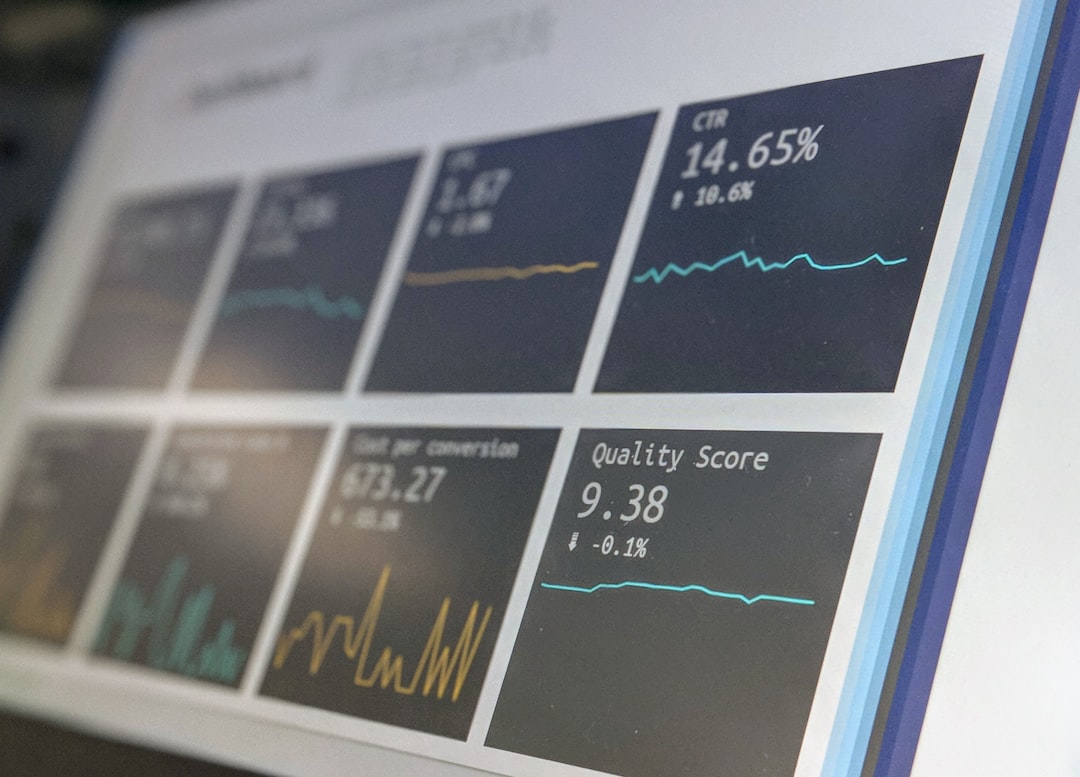In today’s fast-paced digital landscape, data is not just a byproduct of business operations — it’s a strategic asset. For any organization wishing to stay ahead, harnessing this data effectively is key. One role central to this process is the Database Analyst, and one of their most powerful tools, particularly for building efficient dashboards, is the use of Materialized Views.
Contents
What Are Materialized Views?
A Materialized View is a database object that stores the result of a query physically, unlike a regular (or virtual) database view which runs the query every time it’s accessed. Materialized Views take a snapshot of the data at a point in time, making data access much faster and significantly reducing computational overhead at runtime. This is particularly beneficial for dashboards that need to display data quickly and consistently.
For instance, if your dashboard pulls in sales metrics across millions of transactional records, running the same expensive aggregation query every time someone loads a dashboard can slow things down and put unnecessary pressure on your primary database. A Materialized View, however, stores the pre-computed results and serves them instantly.

Why Database Analysts Depend on Materialized Views
Database Analysts are often responsible for ensuring data is both accurately represented and efficiently retrieved. Materialized Views strike the perfect balance between these requirements by providing pre-aggregated or transformed data that is optimized for reporting and analysis.
Here are a few reasons why Materialized Views are essential in a Database Analyst’s kit:
- Performance Optimization: Queries pulling from Materialized Views execute much faster than those computed in real-time from base tables.
- Reduced Load on Source Tables: By precomputing and storing results, they minimize the strain on operational databases.
- Great for Complex Transformations: They allow for heavy computation—such as joins, aggregates, and window functions—to be done in advance.
- Consistency in Reporting: Since data is snapshot-based, everyone accessing the dashboard sees the same version of the data.
Building Dashboards with Materialized Views
Dashboards are the end-user interface to data, and they require lightning-fast response times. No stakeholder wants to wait 10 seconds for a bar chart to load. This is where creating smart, well-designed Materialized Views becomes a game-changer.
Let’s break down how Database Analysts effectively use Materialized Views to power their dashboards:
-
Identify Repeated Queries:
Start by identifying queries that are run repeatedly, especially those contributing to slow dashboard load times. These are prime candidates for materialization.
-
Design the View Schema:
Create a view that includes the necessary columns and pre-aggregated metrics. Remove any unnecessary fields to conserve storage and optimize performance.
-
Set Up Refresh Intervals:
Materialized Views can be refreshed manually, on a schedule (like every hour or day), or even in real-time in some advanced platforms. The frequency should match business needs.
-
Integrate into BI Tools:
Once designed, connect the Materialized View to your business intelligence tool (e.g., Tableau, Power BI, or Looker). The dashboard queries now pull from this faster, optimized source.
Types of Materialized View Refreshes
One critical decision a Database Analyst needs to make when implementing Materialized Views is how and when to refresh them. There are three common strategies:
-
Manual Refresh:
The view is updated only when a manual command is issued. This allows full control but may not be timely without automation.
-
Scheduled/Periodic Refresh:
Automated based on time intervals (e.g., hourly, daily). Ideal for dashboards where real-time data is not critical.
-
Incremental or Fast Refresh:
Only updated with new or changed data. More complex to implement but provides a balance between freshness and performance.
When (and When Not) to Use Materialized Views for Dashboards
Materialized Views offer many benefits, but they’re not always the right solution. Here’s a quick guide on when to use them — and when to steer clear:
Use Materialized Views When:
- Data is relatively static or updates are predictable
- Dashboard queries are expensive and slow
- There is a need for consistent numbers across reports
- You’re hitting performance limitations on your live database
Avoid Them When:
- You need real-time data on dashboards
- The logic involves user-specific queries (e.g. filtering by logged-in user)
- Your data update frequency is so high that refreshes become a bottleneck
So, while Materialized Views are great for summarizing large datasets and improving performance, careful planning is required to ensure the refresh process aligns with business expectations.

Real-World Scenario: E-Commerce Dashboard
Imagine you’re working as a Database Analyst for an e-commerce platform tracking daily sales, trending products, and revenue by region. Without Materialized Views, every user opening the dashboard would trigger multiple joins across orders, product, and region tables, possibly scanning millions of rows every time.
Now consider implementing a Materialized View like:
CREATE MATERIALIZED VIEW daily_sales_summary AS
SELECT
order_date,
region,
product_category,
COUNT(*) AS total_orders,
SUM(order_value) AS total_revenue
FROM
order_data
GROUP BY
order_date, region, product_category;
This view could refresh every six hours, giving near-real-time insights without taxing the source database. Your dashboard loads in seconds, and users are satisfied with the performance.
Tips for Managing Materialized Views
To ensure your database remains healthy and dashboards continue performing well, follow these best practices:
- Monitor Storage Usage: Materialized Views consume storage. Keep an eye on size and purge old or unused views regularly.
- Automate Refresh Scripts: Use database jobs or cron tasks to refresh views in sync with data ingestion pipelines.
- Name Views Clearly: Give names like mv_dashboard_daily_sales so it’s obvious what they’re for.
- Document Your Logic: Include comments or external documentation explaining how the view is generated and how it’s used.
Future of Materialized Views in Analytics
As data systems become more advanced, so do Materialized Views. Platforms like Google BigQuery, Amazon Redshift, and Snowflake now offer smarter Materialized View mechanisms, including automatic refreshes and incremental updates that make them even more attractive for dashboard performance tuning.
Furthermore, with the introduction of AI in analytics platforms, we can soon expect recommendations on when and how to create Materialized Views automatically — taking some of the burden off Database Analysts while maintaining high-performance dashboard layers.
Conclusion
Materialized Views are more than just a niche database concept — they are a cornerstone of modern analytics infrastructure. For Database Analysts, mastering their design and implementation is crucial to ensuring fast, reliable, and scalable dashboards. Whether you’re powering executive-level KPIs or drilling into operational analytics, Materialized Views provide the performance edge your dashboards need.
By delivering pre-aggregated, performance-optimized data snapshots, these views empower teams to make faster decisions and keep their focus where it matters: interpreting the insights rather than waiting for them.

